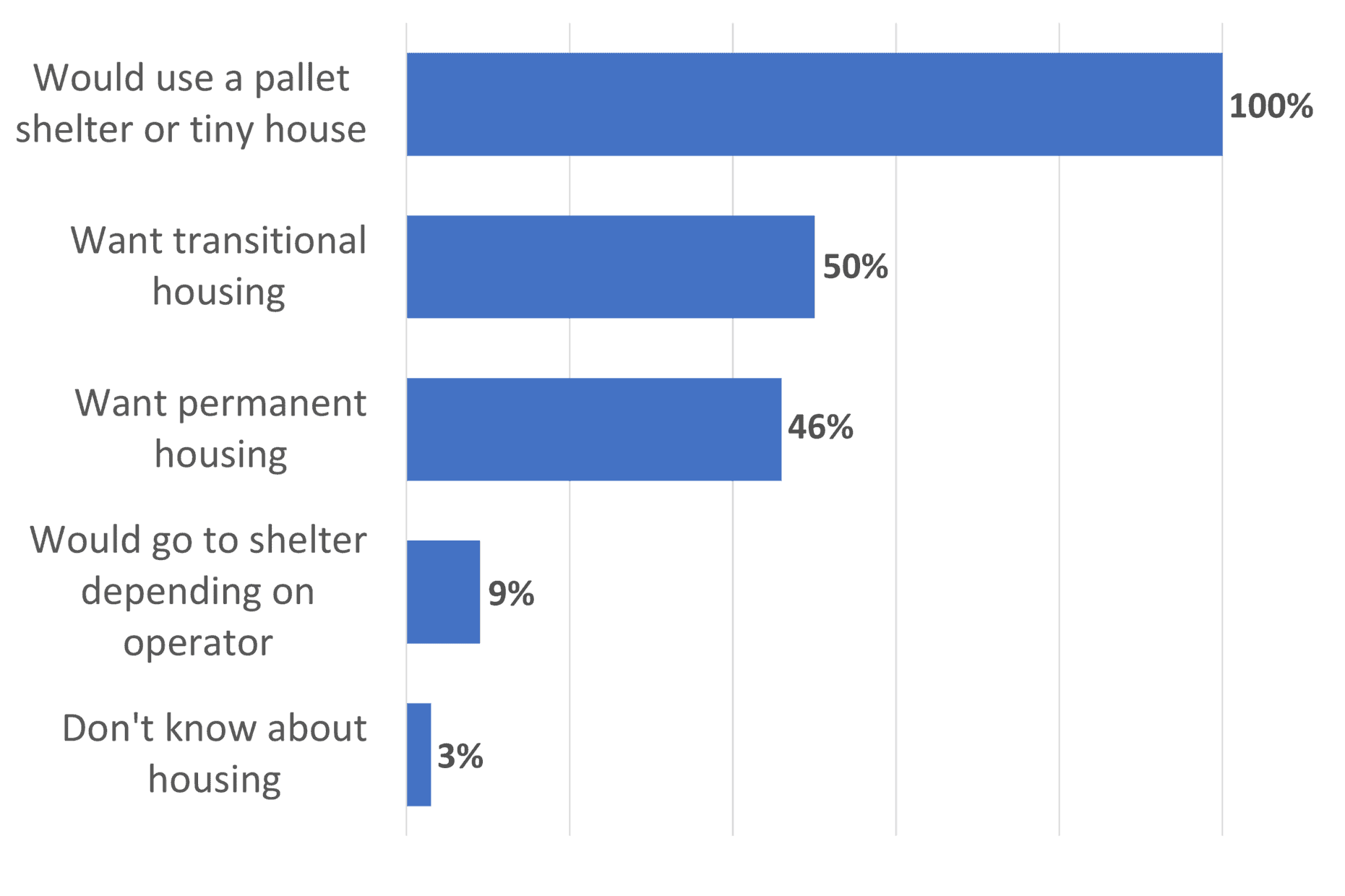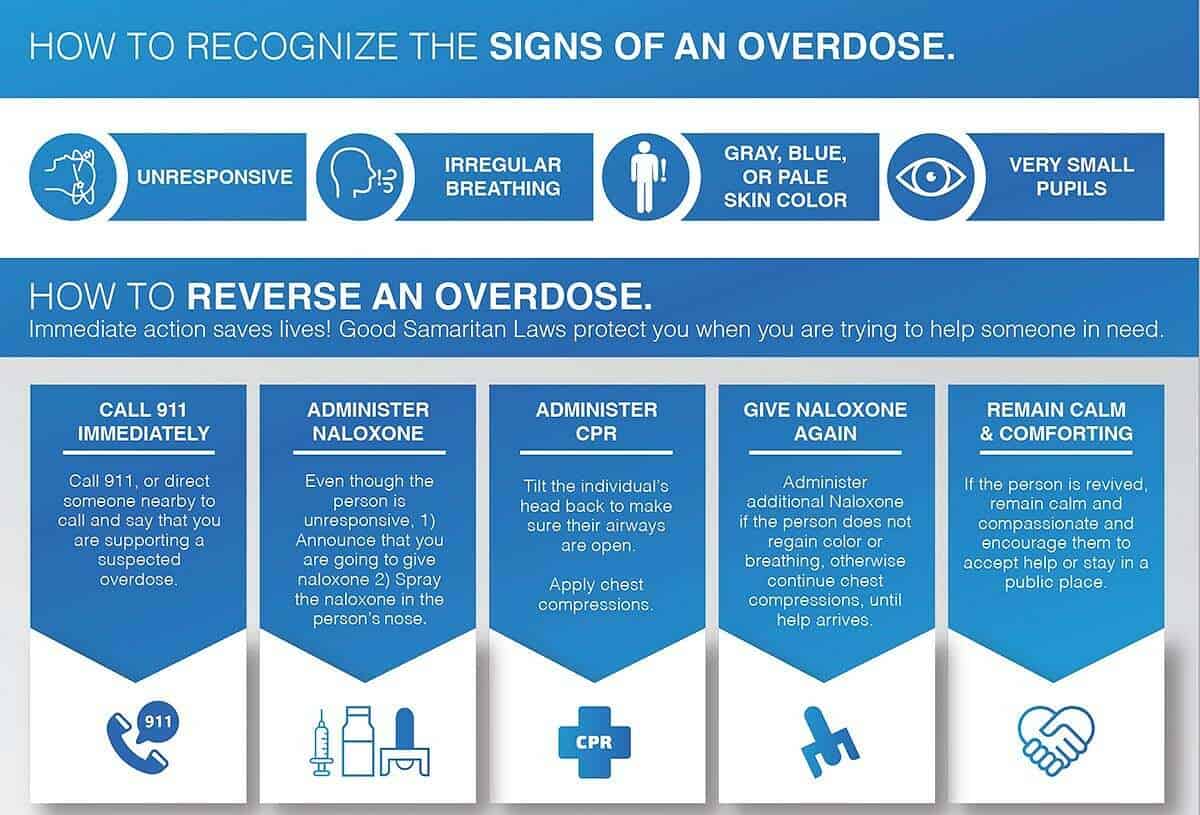Initiatives & Performance
Striving for results, communicating progress.
No one organization is solely responsible for the public’s health and well-being. Everyone has a role. Spokane Regional Health District partners with many other organizations and individuals in the community to improve health and well-being. The Initiatives and Performance section of County Health Insights hosts information and data related to key strategic initiatives of SRHD and its partners. The Data Center at SRHD supports these initiatives with data, evaluation and technical assistance. Scroll down to learn more.

Homelessness Dashboard
Shelter is one of the basic human needs. Many factors can influence homelessness. Prime among them is the availability of adequate housing. Additionally, behavioral, social, and infrastructure factors impact homelessness.
This dashboard shows various data related to homelessness in Spokane and Spokane Valley.
Counts, demographics, housing and shelter availability, public health outreach activities, COVID vaccination status, and assessment findings of needs and attitudes among the homeless.
Data Highlights
1,757
People homeless during the 2022 Point-in-Time homeless count in Spokane and Spokane Valley
71.1
% of homeless who use a shelter that had no COVID vaccination
9
% of Camp Hope homeless that would go to a shelter depending on the operator
State of Women & Children
Women Helping Women Fund is a non-profit organization dedicated to empowering women and children to create health families and vibrant communities. The WHWF has been working to identify critical areas that impact disadvantaged women and children in the greater Spokane area. The goal is to raise awareness and ignite action to improve key issues affecting the well-being of women and children in this community.

Data Highlights
1 in 5
youth seriously considered attempting suicide in 2021
15%
children lived in poverty in Spokane County in 2020
1 in 5
children and youth lived with a single mom in 2020

Source: National Institute on Drug Abuse; National Institutes of Health; U.S. Department of Health and Human Services
Opioid Dashboard
Opioid overdose deaths have increased dramatically over the last two decades, leading federal authorities to declare an epidemic. The opioid death rate in Spokane county has increased since 2020 and non-fatal opioid events continue to increase. Opioids are highly addictive substances and a leading cause of morbidity and mortality due to widespread misuse. In the past 5 years, more than 600 people have died from opioid-related deaths in Spokane County. During 2022, 17people per month died from an opioid-related overdose.
Data Highlights
135
Fentanyl overdose deaths in 2022 in Spokane County
148
Opioid overdose deaths in 2022 in Spokane County
887
Opioid overdose related visits to an emergency department in 2022 in Spokane County

Community Violence Dashboard
Each year, countless women, children, and men in Spokane County suffer from the damaging effects of domestic violence, often remaining unseen and unheard. Domestic violence is violence or abuse in any form, by one person against another in a domestic setting, and includes intimate partner violence which is one specific type of domestic violence.
The mission of Spokane Regional Domestic Violence Coalition (SRDVC) is to empower and educate our collective community to End The Violence. By providing resources and tools, SRDVC focuses on prevention efforts that address the underlying causes and risk factors associated with domestic violence. By tackling these root causes, prevention initiatives aim to create long-term systemic change and promote healthy, respectful relationships. This contributes to breaking the cycle of violence, protecting future generations from experiencing or perpetrating domestic violence and fostering a society that prioritizes the well-being and safety of all its members.
Data Highlights
1 in 3
Youth reported experiencing verbal abuse at home in 2021
12,699
DV-related calls to law enforcement in 2021
$12 Million
in hospital charges realted to DV events in Spokane County in 2021
YWCA is the oldest and largest women’s organization in the world. YWCA Spokane has served as a source of strength for women and children in the Spokane community for 117 years. On average, we provide services to 15 to 20 thousand women and children annually. Our programs help women escape from domestic violence, get access to legal support, provide a safe place for healing and growth, and grant opportunities for women to learn new skills, increase employment options, and provide access to resources for their children’s education and well-being.

Data Highlights
823
Children served by ECEAP in 2020
567
adults receiving advocacy-based counseling services in 2020
5,012
helpline calls received in 2020

